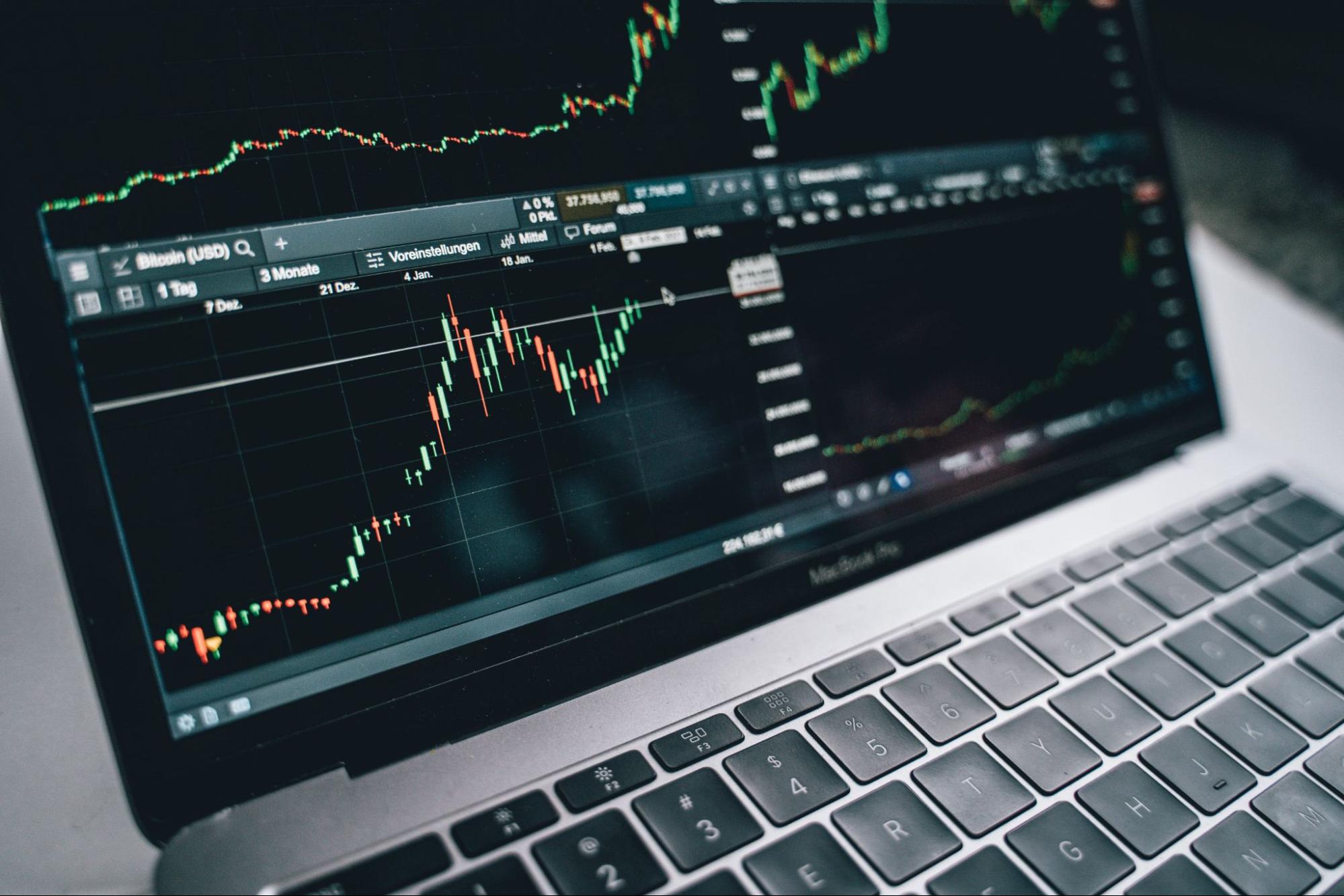
Deciphering Economic Impact: The Diagram Shows An Aspect of Fiscal Policy. What Aspect of Fiscal Policy Does This Diagram Show?
The Diagram Shows an Aspect of Fiscal Policy. What Aspect of Fiscal Policy Does This Diagram Show?
In the realm of fiscal policy, a single diagram can often convey more information than a thousand words. In this article, I’ll be analyzing a diagram that highlights a significant aspect of fiscal policy. By examining this diagram, we can decipher how government spending and taxation decisions impact the overall economy. From the effects on aggregate demand to the implications for inflation and employment, this diagram provides a comprehensive overview of a crucial aspect of fiscal policy. Join me as we unravel the insights hidden within this powerful visual representation.
Understanding Fiscal Policy
What is Fiscal Policy?
Fiscal policy refers to the decisions made by the government regarding its spending and taxation. It is an essential tool used to manage and stabilize the economy. The diagram in question provides a visual representation of how government spending and taxation decisions impact the overall economy. By analyzing the diagram, we can gain valuable insights into the various aspects of fiscal policy.
Importance of Fiscal Policy
Fiscal policy plays a crucial role in shaping a nation’s economy. It has a direct impact on economic growth, inflation, and employment. Understanding and implementing effective fiscal policies are vital for achieving stable and sustainable economic development. Let’s delve deeper into the importance of fiscal policy:
- Economic Growth: Fiscal policy can stimulate or slow down economic growth. By increasing government spending, the government can boost demand in the economy, leading to increased investment and consumer spending. Conversely, by reducing government spending or increasing taxes, the government can curb inflationary pressures and prevent overheating of the economy. The diagram illustrates the relationship between government spending and economic growth, highlighting the importance of fiscal policy in promoting sustainable economic expansion.
- Inflation: Another critical aspect of fiscal policy is its impact on inflation. The diagram shows how changes in government spending and taxation affect aggregate demand in the economy. When the government increases spending or cuts taxes, it generates more disposable income, which in turn leads to increased consumer spending. This higher demand can potentially result in inflationary pressures. Conversely, decreasing government spending or raising taxes reduces the disposable income, curbing demand and helping control inflation. Therefore, the correct implementation of fiscal policy can be used as a tool to manage and control inflationary pressures.
- Employment: The diagram also sheds light on the relationship between fiscal policy and employment. Government spending, particularly on public infrastructure projects, can create jobs and reduce unemployment rates. By investing in infrastructure development, the government can stimulate economic activity and job creation. On the other hand, austerity measures that involve reducing government spending and laying off public workers can lead to higher unemployment rates. The diagram demonstrates how different fiscal policy decisions impact employment levels, emphasizing the significance of appropriate policies in promoting job growth and reducing unemployment.

Elements of Fiscal Policy
Government Spending
One aspect of fiscal policy depicted in the diagram is Government Spending. As a tool, government spending refers to the expenditure on goods, services, and infrastructure projects by the government. It plays a significant role in stimulating economic growth and development. By investing in infrastructure, education, and healthcare, the government can create jobs, boost productivity, and enhance the overall well-being of its citizens.
Through targeted spending, the government can also influence consumer demand, which has a direct impact on the economy. Increased government spending can increase aggregate demand, leading to higher levels of economic activity, such as increased production and employment. Conversely, reduced government spending can have the opposite effect, potentially dampening economic growth.
Taxation
Another crucial element of fiscal policy highlighted in the diagram is Taxation. Taxes are a primary source of revenue for the government and are used to fund public goods and services, as well as to redistribute wealth. Different types of taxes, such as income tax, sales tax, and corporate tax, contribute to government revenues.
The level and structure of taxation can have a profound impact on the economy. Higher tax rates can reduce disposable income, potentially curbing consumer spending and investment. Conversely, lower tax rates can stimulate economic activity by boosting disposable income, encouraging spending and investment.
Borrowing And Debt
Lastly, the diagram depicts the aspect of Borrowing and Debt in fiscal policy. Governments often borrow money by issuing government bonds or taking loans from financial institutions to finance their spending when tax revenues fall short. This accumulation of government debt can have both short-term and long-term ramifications for the economy.
In the short term, increased borrowing can provide the necessary funds for stimulating economic growth during recessions. By injecting money into the economy, governments can increase aggregate demand and prevent a more severe economic downturn. However, excessive borrowing can lead to higher interest payments, which can strain government finances and potentially crowd out private investment.
Conclusion
Understanding fiscal policy and its impact on economic growth, employment, and inflation is crucial for promoting sustainable economic development. In this article, I have explored the key elements of fiscal policy, including government spending, taxation, and borrowing and debt. Fiscal policy plays a critical role in shaping the economic landscape. By understanding the key elements and tools of fiscal policy, we can make informed decisions that promote sustainable economic development.





